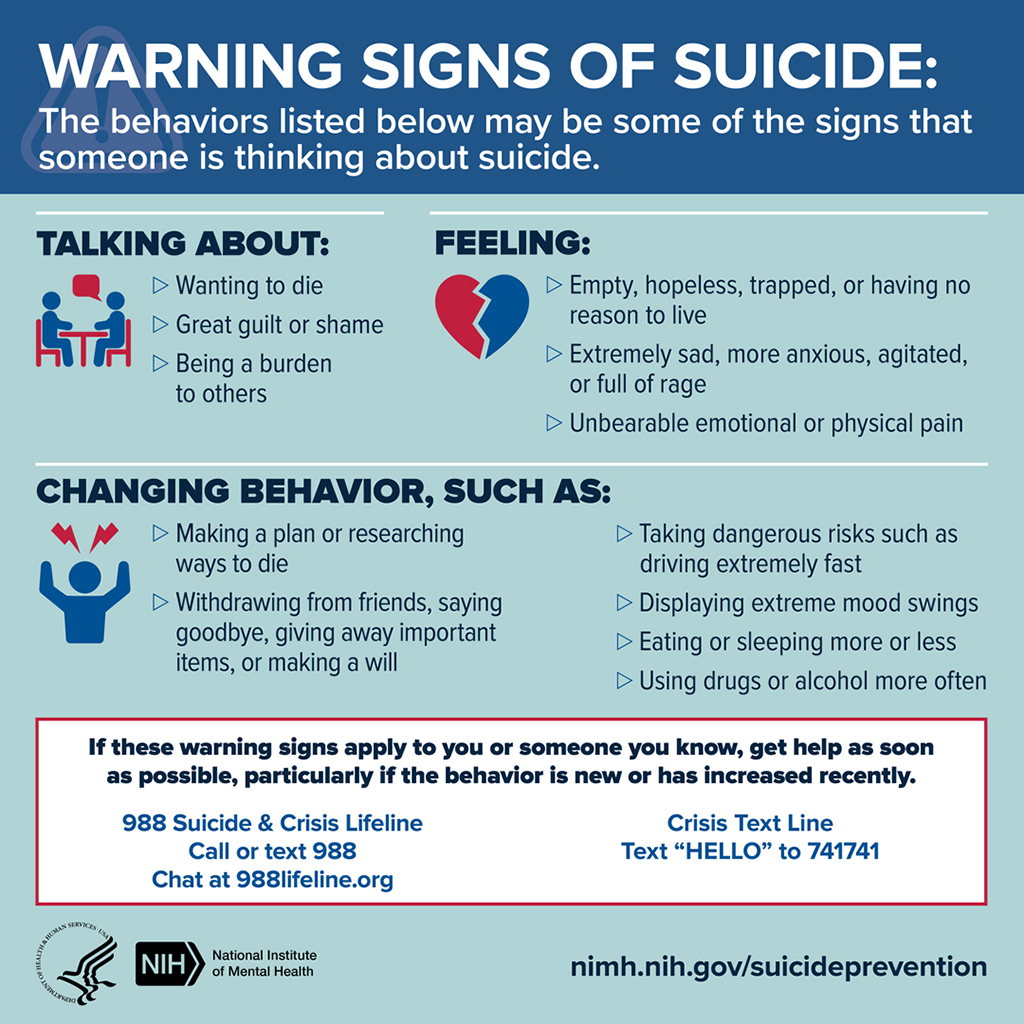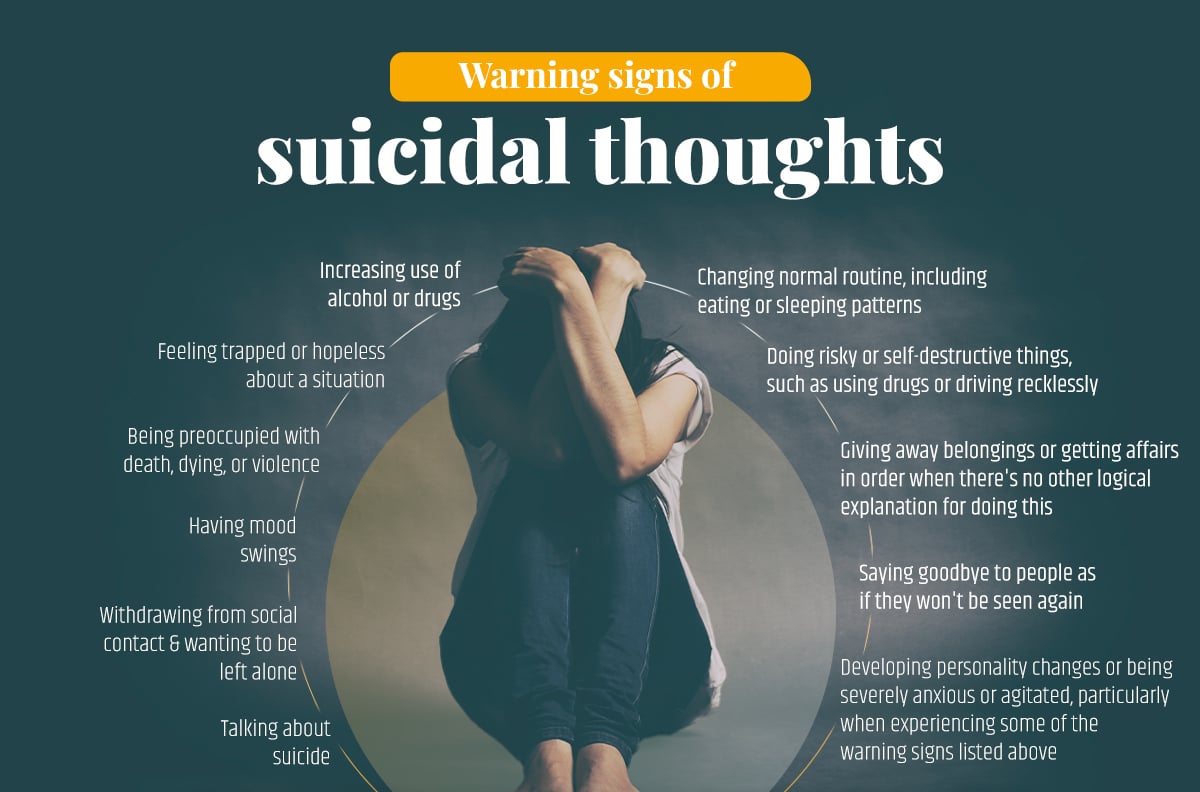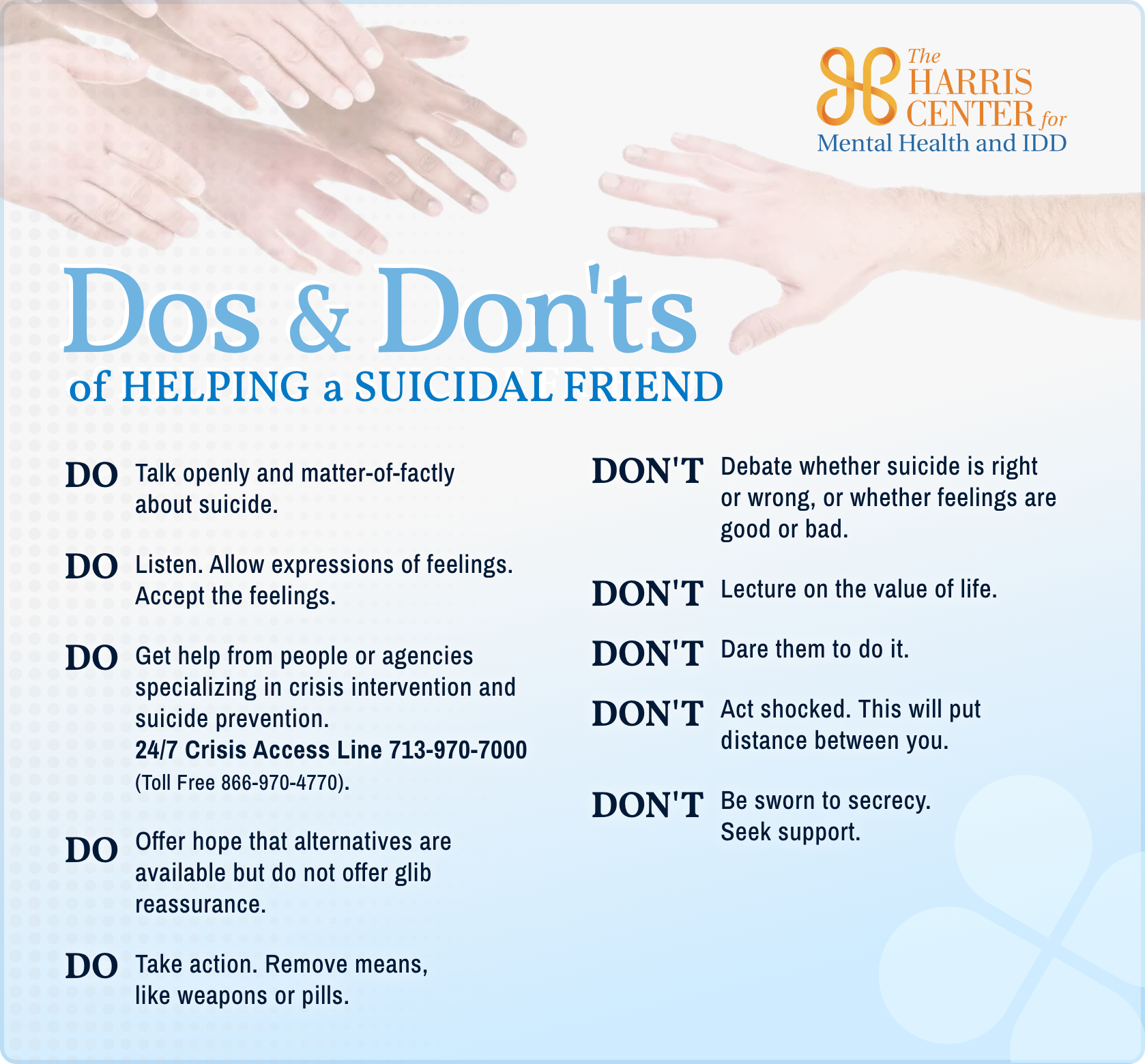The suicide of Kurt Cobain on April 5, 1994, sent shockwaves through the music world and beyond, leaving an indelible mark on a generation that idolized him. As the enigmatic frontman of Nirvana, Cobain was more than just a rock star; he was the reluctant voice of grunge, a raw and authentic counterculture deity whose music resonated with millions. His untimely death at the age of 27 not only silenced a musical genius but also ignited a persistent fascination, leaving behind a legacy shrouded in both artistic brilliance and profound tragedy.
Even nearly three decades later, the mystique surrounding Kurt Cobain remains undiminished. His passing continues to fuel discussions, inspire new generations of artists, and prompt ongoing scrutiny into the circumstances of his final days. This article delves into the life, the tragic end, and the enduring impact of a musician who, even in death, holds a unique and powerful grip on the collective imagination.
Table of Contents
- The Life and Legacy of Kurt Cobain
- The Final Days: A Troubled Path
- April 8, 1994: The Discovery
- The Official Verdict: Suicide
- Enduring Mystique: Why Kurt Cobain's Death Still Captivates
- The Shadow of Conspiracy Theories
- A Tragic Pattern: Suicide in the Cobain Family
- The Unseen Impact: Legacy and Lessons
The Life and Legacy of Kurt Cobain
Kurt Cobain, the rockstar, had a unique air around him, a blend of vulnerability, anger, and undeniable charisma that captivated millions. Born on February 20, 1967, in Aberdeen, Washington, Kurt Donald Cobain's early life was marked by his parents' divorce, a tumultuous adolescence, and a deep immersion in music. He found solace and expression in punk rock, eventually forming Nirvana in 1987 with bassist Krist Novoselic. The band's sound, a fusion of punk's raw energy and melodic pop sensibilities, would become known as grunge, and Cobain was its reluctant prophet.
- Steve Blues Clues
- Piper Rockelle Age
- When Did Patrick Swayze Die
- Susan Lucci
- Christina Perri A Thousand Years
Nirvana's breakthrough came with their 1991 album, Nevermind, and its iconic single "Smells Like Teen Spirit." Overnight, Cobain was catapulted from underground sensation to global superstar, a role he famously struggled with. He was a grunge crusader, a rebel, a deity of the counterculture, and one of the first voices to articulate the angst and disillusionment of Generation X. His lyrics, often cryptic and introspective, touched on themes of alienation, societal critique, and personal pain, resonating deeply with fans who felt equally misunderstood. His iconic performance for Nirvana's 'MTV Unplugged' taping and performance in New York on November 18, 1993, showcased a different, more intimate side of his artistry, further cementing his legend.
Kurt Cobain: Personal Data & Biodata
| Attribute | Detail |
|---|---|
| Full Name | Kurt Donald Cobain |
| Date of Birth | February 20, 1967 |
| Place of Birth | Aberdeen, Washington, U.S. |
| Date of Death | April 5, 1994 |
| Place of Death | Seattle, Washington, U.S. |
| Age at Death | 27 |
| Occupation | Musician, Singer, Songwriter, Artist |
| Known For | Frontman of Nirvana, Grunge Icon |
| Spouse | Courtney Love (m. 1992) |
| Children | Frances Bean Cobain |
The Final Days: A Troubled Path
The period leading up to the suicide of Kurt Cobain was marked by a visible decline in his health and well-being. The immense pressure of fame, coupled with chronic stomach pain, depression, and a severe addiction to heroin, took a heavy toll on the artist. In the days leading up to Cobain's death, plenty of family and friends had expressed deep concern for his deteriorating condition. His struggles were becoming increasingly public, painting a grim picture of a man overwhelmed by his own success and personal demons.
A critical turning point occurred in early March 1994. On March 1, 1994, Nirvana made their last performance in Munich, Germany. Following this, the rest of the European tour that was planned for the band was canceled due to Kurt's health condition. This cancellation was a clear signal of the severity of his struggles. Just two days later, on March 3, 1994, Kurt Cobain went into a coma after taking a large amount of Rohypnol (which today is also known as a rape drug) and champagne in Rome. This incident, initially reported as an accidental overdose, was later viewed by many as his first attempt at suicide. After recovering, he returned to Seattle, but his struggles continued, culminating in an intervention by friends and family who urged him to seek professional help. He briefly checked into a rehab facility in Los Angeles but notoriously left days prior to his death, flying back to Seattle.
April 8, 1994: The Discovery
The discovery of Kurt Cobain's body on April 8, 1994, brought a tragic end to weeks of uncertainty and concern. The Nirvana frontman was found dead of a gunshot wound at his Seattle home. The official date of his passing was later determined to be April 5, 1994, three days before his body was discovered. This delay in discovery only added to the public's shock and grief.
On April 8, 1994, Kurt Cobain was found dead in the room above his garage at his Lake Washington house by Gary Smith, an electrician employed by Veca Electric. Smith had been installing a security system at the residence and, upon noticing a shotgun lying across Cobain's chest, immediately contacted authorities. The scene was grim: beside the musician's body was a cigar box with drugs and paraphernalia, and on his wrist was the medical bracelet from the rehab center he had left just days prior. The discovery confirmed the worst fears of his family, friends, and millions of fans worldwide, marking the definitive end of an era for grunge music.
The Official Verdict: Suicide
Following the discovery of his body, the Seattle Police Department launched an immediate investigation into the death of Kurt Cobain. The evidence found at the scene, coupled with the circumstances leading up to his death, quickly led authorities to a definitive conclusion. Modern rock icon Kurt Cobain died by suicide on April 5, 1994. The verdict of his death certificate formally declared his passing as a suicide, caused by a self-inflicted shotgun wound to the head.
Upon investigating the death of Kurt Cobain, authorities found several key items that supported this conclusion. As mentioned, beside the musician's body was a cigar box containing his drug paraphernalia and a note. The note, addressed to his childhood imaginary friend Boddah, expressed his disillusionment with fame, his struggles with depression, and his inability to cope with the pressures of his life. On his wrist was the medical bracelet from the Exodus Recovery Center in Los Angeles, the rehab facility he had checked out of just days before. These pieces of evidence, combined with his history of drug abuse and previous suicide attempt in Rome, led the King County Medical Examiner to officially rule his death a suicide, a conclusion that has been consistently upheld by law enforcement over the years.
Enduring Mystique: Why Kurt Cobain's Death Still Captivates
Nearly 30 years after his death, shocking new details have emerged about Kurt Cobain’s April 1994 suicide, yet the core facts remain unchanged for official records. Despite the passage of time and the official ruling, the fascination surrounding the suicide of Kurt Cobain has never truly waned. Even in death, few musicians hold the same mystique as Cobain. This enduring captivation stems from a confluence of factors: his iconic status, the raw emotion of his music, the tragic circumstances of his passing, and the persistent questions that have arisen over the years.
Cobain represented a generation's angst and disillusionment, and his death felt like the ultimate expression of that despair. For many, he was a symbol of authenticity in a world perceived as increasingly artificial. His sudden departure at the height of his fame left a void that no other artist could fill, cementing his place as a tragic legend. The very nature of his death—a private act in his own home, discovered days later—added to the sense of mystery. Moreover, the lack of closure for many fans, combined with the inherently complex and often misunderstood nature of suicide, has allowed various theories and discussions to persist, ensuring that the conversation around Kurt Cobain's death continues to this day. Nicole Briese, a contributing writer at People since 2022, is just one example of how media outlets continue to revisit and explore the ongoing interest in his life and death.
The Shadow of Conspiracy Theories
Despite the official verdict, the suicide of Kurt Cobain has been a fertile ground for numerous conspiracy theories, particularly those suggesting he was murdered. These theories often highlight perceived inconsistencies in police reports and other evidence, fueling a persistent debate among fans and amateur investigators. The intense public interest and the desire for alternative explanations have ensured that these theories remain a part of the narrative surrounding his death.
The "Kurt Cobain Was Murdered" Series
One of the most prominent voices in the murder theory camp is Tom Grant, a private investigator hired by Courtney Love to find Cobain after he left rehab. Grant has publicly argued that Cobain was murdered. A week following Cobain's death, Lee aired the first episode of an ongoing series called Kurt Cobain Was Murdered, saying there were several discrepancies in the police reports, including several changes in the nature of the shotgun blast. Grant, along with authors Ian Halperin and Max Wallace, later collaborated on books like Who Killed Kurt Cobain? (1999) and 2004's Love and Death: The Murder of Kurt Cobain, further pushing the murder narrative. Grant even acquired a video that was taped on April 8 from the tree outside Cobain's garage, showing the scene, which he claimed supported his theories. These theories often hinge on arguments about the amount of heroin in Cobain's system, which some claim would have made it impossible for him to pull the trigger, and alleged inconsistencies in the suicide note.
Family and Friends' Perspectives
The overall consensus amongst Cobain's close friends and family is that he died by suicide, aligning with the official police findings. Many who knew him well were acutely aware of his struggles with depression and addiction, and saw his death as the tragic culmination of these battles. However, some of Cobain's friends and family members also believe Cobain was murdered, or at least that there were suspicious circumstances. These dissenting voices, though a minority, contribute to the ongoing speculation and keep the conspiracy theories alive. Their personal relationships with Cobain lend a certain weight to their doubts, even if official investigations have not supported them.
FBI Involvement and Cold Case Reviews
The enduring nature of these theories has even prompted official responses. The Federal Bureau of Investigation has released a file regarding the death of late Nirvana frontman Kurt Cobain, more than two decades after his passing. This file, largely consisting of letters from individuals urging the FBI to investigate Cobain's death as a murder, and the FBI's responses stating they found no federal jurisdiction, underscores the public's continued desire for answers. Furthermore, in anticipation of the 20th anniversary of the suicide of Seattle icon Kurt Cobain, Seattle Police Department cold case detective Mike Ciesynski reviewed the case file in anticipation of media inquiries about Cobain’s death, and the many conspiracy theories surrounding the case. His review, which included handling and re-examining the shotgun, reaffirmed the original finding of suicide. These official re-examinations, while confirming the initial verdict, also highlight the persistent public doubt and the unique position Cobain's death holds in cultural memory.
A Tragic Pattern: Suicide in the Cobain Family
The tragedy of Kurt Cobain's suicide takes on an even more poignant dimension when viewed through the lens of his family history. It is a little-known but crucial detail that Kurt Cobain wasn't the first in his family to die by suicide. Both his great-grandfather and two of his great-uncles on his father's side also died by suicide. This deeply unsettling pattern suggests a possible genetic predisposition or a generational cycle of mental health struggles within the Cobain lineage. Understanding this familial history adds a layer of complexity to Kurt's own battles with depression and addiction, suggesting that he may have been grappling with more than just the pressures of fame.
This generational pattern underscores the devastating impact of untreated mental health conditions and the silent struggles that can run through families. For Kurt, who often felt isolated and misunderstood, this inherited vulnerability may have compounded his personal suffering. While it doesn't diminish the unique circumstances of his life and fame, it does offer a broader, more somber context to his ultimate demise, highlighting the deep-seated issues that contributed to the suicide of Kurt Cobain.
The Unseen Impact: Legacy and Lessons
The suicide of Kurt Cobain left an indelible mark not just on music, but on society's perception of fame, mental health, and artistic struggle. His death, particularly the stark image of its finality, prompted widespread reflection. It is essentially what motivated The New York Times to publish a picture showing the finality of Kurt Cobain's suicide, bringing the grim reality of his passing into sharp focus for millions. Beyond the immediate grief, his story has continued to resonate, offering both a cautionary tale and a catalyst for important conversations.
The 27 Club
Cobain's death at the age of 27 tragically placed him within the infamous "27 Club," a morbid coincidence that links several influential musicians who died at that specific age, often under mysterious or tragic circumstances. This group includes legends like Jimi Hendrix, Janis Joplin, Jim Morrison, and Amy Winehouse. While a statistical anomaly, the "27 Club" serves as a cultural shorthand for the intense pressures and self-destructive tendencies that can accompany extreme fame, particularly in the music industry. Cobain's entry into this club further cemented his mythical status, making his death a touchstone for discussions about the dark side of celebrity.
Mental Health Awareness
Perhaps the most significant, albeit tragic, legacy of Kurt Cobain's suicide is the increased, albeit often delayed, conversation around mental health. His public struggles with depression and addiction, culminating in his death, forced many to confront the reality that even those who appear to "have it all" can suffer immensely. In the years since his passing, there has been a growing recognition of the importance of mental health awareness, suicide prevention, and accessible support systems. Cobain's story serves as a stark reminder that mental illness is a serious and potentially fatal condition, deserving of the same attention and compassion as physical ailments. His raw honesty in his music and his tragic end have, in an unintended way, contributed to breaking down the stigma surrounding mental health, encouraging more open dialogue and a greater understanding of the complex factors that can lead to such profound despair.
Conclusion
The suicide of Kurt Cobain remains one of the most impactful and discussed events in modern music history. From the official ruling of suicide, supported by police investigations and the consensus of many close to him, to the persistent and passionate conspiracy theories that continue to circulate, his death encapsulates a complex narrative of genius, struggle, and profound loss. His life, marked by a unique artistic vision and a deep personal torment, ended tragically at a young age, yet his influence continues to reverberate through generations.
As we reflect on Kurt Cobain's life and death, it's clear that his legacy extends far beyond his music. He remains a powerful symbol of artistic integrity, the pressures of fame, and the critical importance of mental health awareness. While the official findings provide a clear answer, the human desire to understand such a profound loss ensures that the conversation around Kurt Cobain will never truly end. We encourage you to share your thoughts on his enduring impact in the comments below, or explore other articles on our site that delve into the lives of other iconic musicians.


